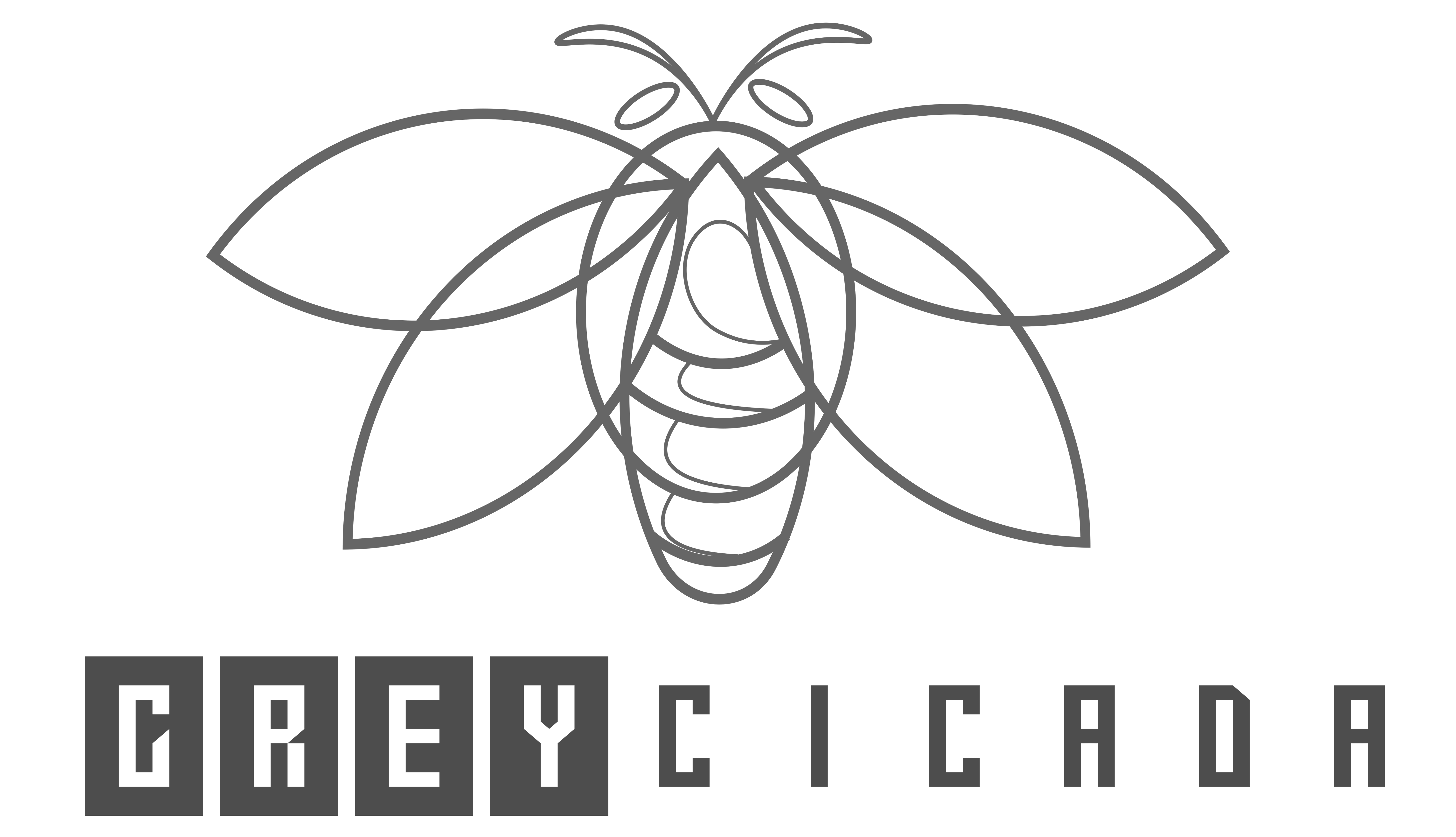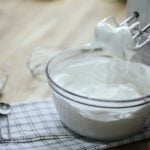FREE SHIPPING OVER $50
Over 50 and Not Seeing Muscle Gains? Here’s the #1 Mistake—and How to Fix It Fast

You’ve made the commitment. You show up at the gym, you lift weights, and you feel great. But when you look in the mirror, the muscle gains you’re working so hard for just aren’t there. You’ve heard that building muscle mass after a certain age is difficult, and you might have started to believe it’s impossible. You might even feel frustrated, thinking your hard work is a waste of time.
If you’re in this position, you’re not alone. Millions of people over 50 face the same frustrating reality. The good news is that it’s not because you’re too old. It’s because you’re likely making a single, critical mistake that is sabotaging your efforts. The #1 mistake is not what you think it is, and once you understand it, you can make a simple change that will unlock the muscle gains you’ve been chasing. We’re going to break down the science and give you a simple, actionable plan to get you back on track today.
The Science of Aging and Muscle Growth
To understand the #1 mistake, we have to first understand what happens to your body as you age. It’s a natural process, but it doesn’t mean you can’t fight back.
- Hormonal Changes: As we get older, our bodies naturally produce less of the hormones that are crucial for building muscle mass, such as testosterone and growth hormone. This is a real factor, but it’s not a deal-breaker.
- Anabolic Resistance: This is the most important concept to understand. Anabolic resistance is a scientific term that simply means your body’s ability to synthesize protein into muscle tissue becomes less efficient. You can think of it like your body’s “muscle-building engine” requiring more fuel to get the same amount of work done. This is the core reason for the #1 mistake.
- Sarcopenia: This is the age-related loss of muscle mass and strength. While a natural part of aging, it can be significantly slowed, and even reversed, with the right strategy.
Because of anabolic resistance, the amount of protein that was enough to build muscle mass in your 20s or 30s is no longer sufficient. You are likely putting in the work at the gym, but you are not providing your body with the fuel it needs to actually build new muscle tissue.
The #1 Mistake You’re Making (It’s Not Your Workout)
So, what is the single, most common mistake people over 50 make that prevents them from seeing muscle gains?
The mistake is not consuming enough protein, especially after a workout.
You’ve probably heard that protein is important for muscle growth, but for someone over 50, the need is even greater. Due to anabolic resistance, your body needs a higher threshold of amino acids (the building blocks of protein) to kickstart the process of muscle protein synthesis and repair. If you are eating the same amount of protein you were in your younger years, you are likely falling short of this critical threshold, and your muscles are simply not getting the signal to grow. You are training hard, but your body isn’t able to reap the full rewards.
How to Fix the Mistake: Your Action Plan for Muscle Gains
The good news is that fixing this mistake is not complicated. It’s not about expensive supplements or a complete diet overhaul. It’s about a simple, targeted change in your nutrition.
Step 1: Calculate Your New Protein Needs
The general recommendation for a healthy adult is around 0.8 grams of protein per kilogram of body weight. However, for people over 50 who are actively trying to build muscle mass, that number is too low. The scientific consensus for building muscle in older adults is between 1.2 to 1.6 grams of protein per kilogram of body weight (or roughly 0.55 to 0.73 grams per pound). This simple adjustment can make all the difference.
Step 2: Prioritize Protein in Every Meal
It’s not just about hitting a total number for the day; it’s also about distributing your protein intake effectively. Aim to consume a significant amount of high-quality protein with every meal. A good goal is to get 25-40 grams of protein per meal. This helps ensure a steady supply of amino acids throughout the day, providing the constant fuel your muscles need to repair and grow.
Step 3: Choose the Right Protein Sources
Not all protein is created equal. The most effective sources for building muscle mass contain all the essential amino acids your body needs. Focus on lean protein sources like:
- Chicken breast
- Fish (salmon, tuna)
- Eggs
- Lean beef
- Greek yogurt
- Cottage cheese
- Lentils and beans
Step 4: Use a Protein Supplement for an Easy Boost
While it’s always best to get your nutrients from whole foods, a protein supplement can be a convenient and highly effective tool. A scoop of whey or casein protein powder, especially within an hour of your resistance training workout, can provide your body with the fast-acting amino acids it needs to kickstart muscle protein synthesis.
The Supporting Pillars of Muscle Growth Over 50
While protein is the #1 mistake you need to fix, it’s not the only factor. For optimal muscle gains, you must also focus on these three pillars of fitness.
- Resistance Training with Purpose: Your muscles won’t grow unless you challenge them. Focus on progressive overload, which means gradually increasing the weight, reps, or difficulty of your exercises over time.
- The Importance of Recovery: Your muscles don’t grow in the gym; they grow when you are recovering. Prioritize 7-9 hours of quality sleep per night. This is when your body releases the hormones that repair and build muscle tissue.
- Listen to Your Body: At any age, listening to your body is important, but it becomes even more crucial as you get older. Don’t push through sharp pain, and allow for adequate rest days. Recovery is key to preventing injury and ensuring long-term success.
Conclusion
The belief that you can’t build muscle mass over 50 is simply a myth. The reality is that your body just has different needs. By understanding the concept of anabolic resistance and making one simple change to your daily routine—increasing your protein intake—you can overcome the #1 mistake that is holding you back. Your age is not a barrier; it’s simply a variable in the equation. By providing your body with the right fuel and the right stimuli, you can reverse age-related muscle loss, reclaim your strength, and start seeing the muscle gains you’ve been working so hard for.
Related Articles
- Harvard-Backed Japanese Walking Method That Balances Blood Sugar and Pressure Naturally
- Want Long, Lean Legs? These 5 Pilates Moves Are a Ballet Dancer’s Secret Weapon
- 10 Powerful Exercises That Fight Frailty and Keep You Moving Strong After 50
- These Women Over 60 Got Stronger, Healthier, and Happier—Thanks to Lifting Weights
- Get Shredded in 12 Weeks: The Ultimate Program to Stay Jacked Through 2025







